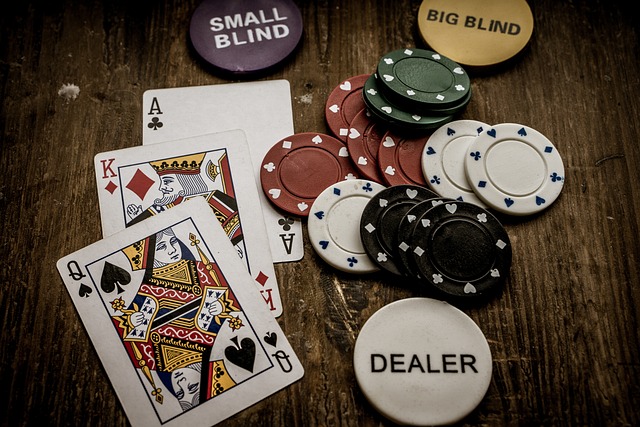Reading Your Opponents
1. Facial Expressions
Facial expressions can be a goldmine of information at the poker table. Look for signs of nervousness, confidence, or frustration in your opponents’ faces. Common facial tells include:
Microexpressions: Quick, involuntary facial expressions that reveal hidden emotions.
Eye Movements: Dilated pupils can indicate excitement or stress, while avoiding eye contact may suggest discomfort.
Lip Biting or Smiling: These can be signs of nervousness or excitement.
2. Posture and Gestures
A player’s posture and gestures can also provide valuable insights. Pay attention to:
Slumped Shoulders: This may indicate disappointment or a weak hand.
Sudden Stillness: A player who suddenly becomes rigid may be trying to appear strong.
Tapping or Fidgeting: Nervous habits can betray anxiety or uncertainty.
3. Betting Patterns
The way a player bets 20Bet can be a significant tell. For example:
Quick Bets: Rapid betting may indicate a strong hand, as the player is eager to capitalize on it.
Hesitation: A long pause before betting may signify indecision or a weaker hand.
Overly Aggressive Betting: This could be a sign of a bluffer trying to intimidate opponents.
Maintaining Your Poker Face

1. Practice
Maintaining a strong poker face requires practice. Play judi bola with friends or in low-stakes games to refine your ability to conceal emotions.
2. Controlled Breathing
Controlling your breath can help manage stress and prevent visible signs of nervousness. Take slow, deep breaths to stay calm.
3. Neutral Expression
Keep your facial expression neutral. Avoid sudden smiles, grimaces, or eye movements that might give away your hand’s strength.
4. Observe Your Opponents
While focusing on your poker face, also pay close attention to your opponents. Look for tells and try to spot inconsistencies in their behavior.
The Online Poker Challenge
In the age of online poker, interpreting body language has become harder since players can’t benefit from being in the same location. Nonetheless, online poker presents a fresh array of behavioral signals to take into account.
1. Betting Speed
In online poker, the speed at which a player bets or checks can indicate the strength of their hand. Quick bets may signal confidence, while delays may suggest uncertainty.
2. Chatbox Activity
Some players use the chatbox to engage in conversation or mislead opponents. Watch for patterns in chat behavior that could provide insights into a player’s strategy.
3. Betting Sizing
The amount a player bets in online poker can provide valuable information as well. Significant wagers could show a good hand, whereas smaller wagers might suggest a less powerful one.
The Psychology of Bluffing

Bluffing is a crucial aspect of poker that heavily depends on body language and psychology. Skilled deceivers manipulate their body language to craft a misleading story that persuades adversaries of their hand’s power. If you want to become a skilled bluffer, take into account these suggestions:
1. Consistency is Key
Maintain consistent behavior regardless of your hand’s strength. This makes it harder for opponents to detect changes in your demeanor when you do decide to bluff.
2. Study Opponents
Pay attention to your opponents’ reactions when they bluff or hold strong hands. Learning their habits can help you become a more effective bluffer.
3. Timing is Everything
Well-timed bluffs are often more successful. Consider the context of the sbobet game and the tendencies of your opponents when deciding when to bluff.
